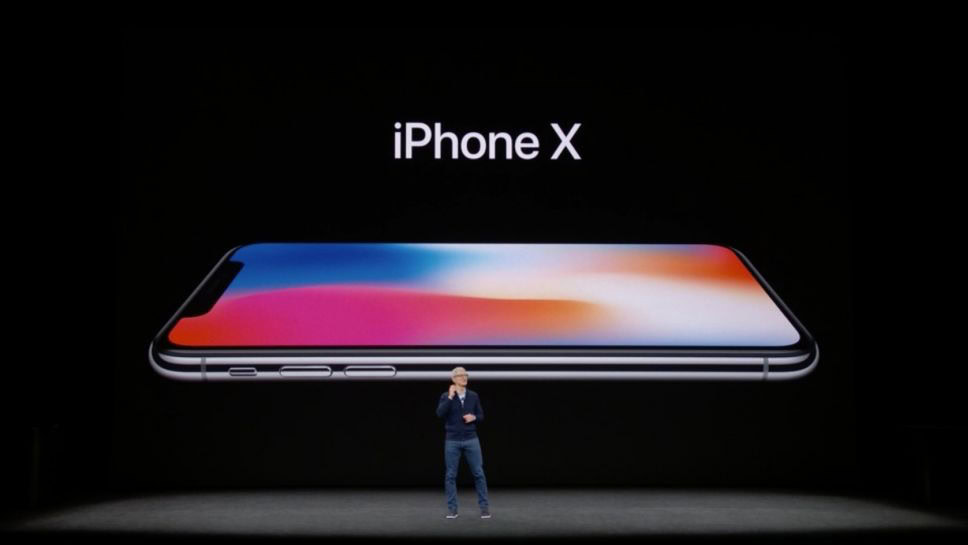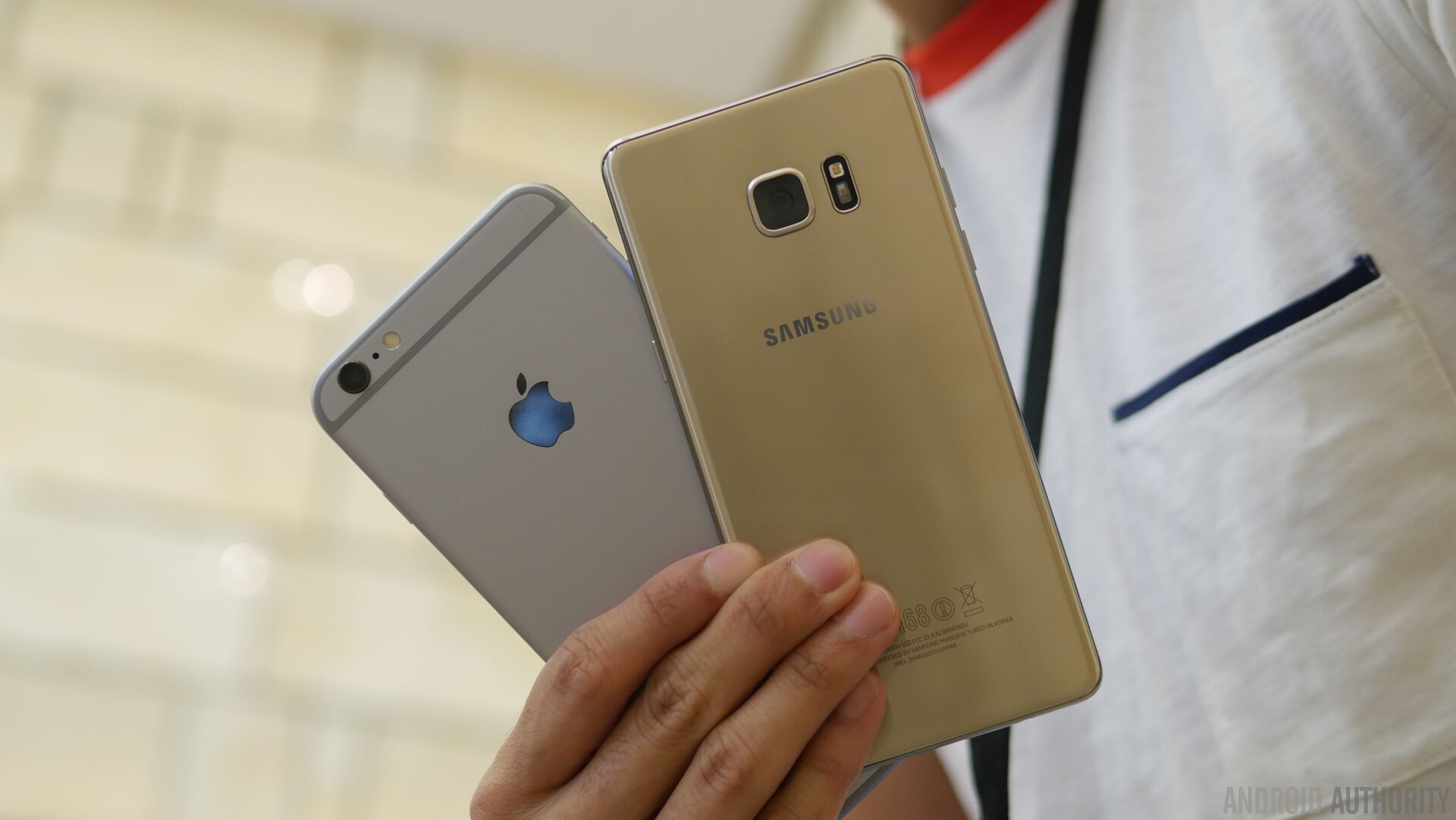Affiliate links on Android Authority may earn us a commission. Learn more.
Japan Display hopes to replace Samsung for a multi-billion-dollar OLED deal with Apple

The real winner behind robust iPhone X sales is apparently Samsung, but with Japan Display looking to secure $900 million for a new OLED production method, the Korean conglomerate may soon face yet another competitor.

We recently reported on just how much money Samsung is allegedly making off Apple’s yet-to-be-released iPhone X. According to Counterpoint Market Research, in the first 20 months of sales alone, the Korean electronics giant could make up to $14.3 billion from iPhone X sales. In fact, the revenue from supplying OLED panels for Apple’s brand-new flagship is so high that it’s expected to surpass the amount of money Samsung is set to make from the first 20 months of Galaxy S8 sales. While the numbers may not be completely accurate, the fact remains that market demand for OLED screens is continuing to skyrocket.
LG has slowly been making changes to its roadmap to reflect this trend, expanding its OLED production to smaller-sized panels, and it looks like Japan Display is the newest company to jump in on the bandwagon. Reuters reports that Japan Display is looking to raise $900 million to use new technology for OLED mass-production. The said technology will reportedly be more cost-effective. Its affiliate, JOLED, has already approached dozens of investors, ranging from Sony to Canon, but details are scarce for now according to an anonymous source.
The rising popularity of OLED technology isn’t surprising: after all, compared to LCD, OLED screens are more vibrant and saturated with true blacks. Not only that, they are extremely power-efficient and thin. And even from a business perspective, multi-million-dollar investment makes a lot of sense.
It’s a well-known fact that Samsung has a near monopoly over small- and mid-sized OLED panels right now. Not only does Samsung Display supply OLED panels for the company’s very own Galaxy-branded devices, but it remains an important supplier for other companies, including Apple. Given that Samsung is essentially the only company that has the capacity to mass-produce advanced and mature OLED panels, Apple probably had no choice but to turn to its arch nemesis for iPhone X components, paying billions of dollars to the company with whom it has a long legal history.
Other display makers are frantically looking for ways to mass produce OLED panels precisely for this reason. While initial costs are high to implement the necessary technologies for high yield rates and color-accurate panels, demand for OLED will rise for the foreseeable future. Apple is likely to use OLED panels for its high-end iPhones again, and my guess is that it would prefer to choose another supplier if they can meet Apple’s strict standards. Indeed, we are talking about billions of dollars in revenue here.
Admittedly, it will take years for companies like LG and Japan Display to catch up to Samsung – even with hundreds of millions of dollars in investment.
Admittedly, it will take years for companies like LG and Japan Display to catch up to Samsung – even with hundreds of millions of dollars in investment – so in the meantime, those who are looking for large quantities of OLED panels will have to turn to Samsung. And Samsung will continue to be the sole beneficiary of the ever-booming OLED market.